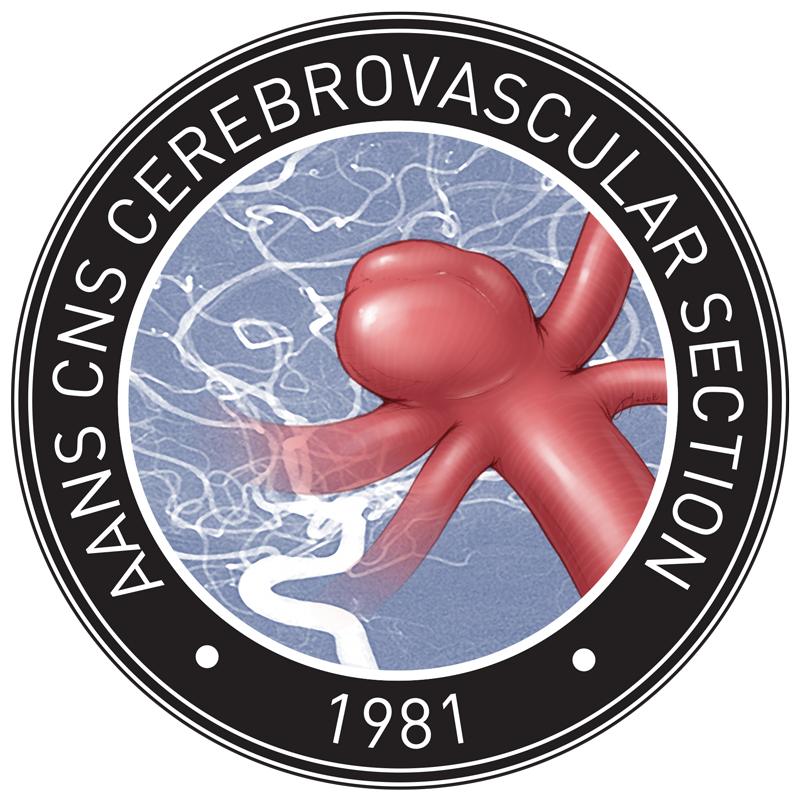Considerations for Performing Emergent Neurointerventional procedures in a COVID-19 Environment

Joseph R. Linzey, MD, MS
Department of Neurosurgery, University of Michigan
COVID-19 syndrome, caused by SARS-CoV-2 virus, has dramatically altered the way hospital systems run and procedures are performed throughout neurosurgery. However, there have been multiple reports of a potential hypercoagulable state associated with SARS-CoV-2 virus, necessitating the emergent need for neurointerventional procedures throughout the pandemic. The Endovascular Neurosurgery Research Group (ENRG) created an outline of practice considerations to be used during the COVID-19 pandemic.
Given the emergent nature of many of these procedures, adequate preoperative testing is not always realistic. As such, all patients needing emergent neurointerventional procedures should be considered “persons under investigation” for SARS-Cov-2 viral infection and maximal PPE should be employed by the hospital team. To optimize PPE use, neurointerventional radiology (NIR) personal should be limited to the number of team members necessary to safely treat patients and all should be appropriately fitted with an N95 mask. To prolong the shelf life, a surgical mask can be worn on the outside of the N95.
If there are sufficient NIR suites available, there should be a designated NIR suite for COVID-positive or COVID-suspect patients. All portable equipment should be removed from that suite and personnel movement in and out should be limited. The control room should be designated as clean, with a team member remaining in the clean control room to obtain needed supplies throughout the procedure. If possible, a makeshift anteroom can be constructed at the entrance of the COVID-NIR suite to prevent contamination of adjacent clean areas.
Pre-operatively, all non-intubated patients should be transported with a face mask in place. Intubation and extubation will ideally be completed in a negative pressure room without the presence of the NIR team. Once the airway is secure, the NIR team should enter the room, already donned in maximal PPE. For patients who are already intubated, endotracheal tubes should be clamped when the patient is being transferred to the ventilator.
While these considerations do not guarantee the safety of the NIR team and may not be reasonable for all hospital systems, they represent general principles that can be tailored to each individual circumstance and help limit exposure to NIR teams.
Read the full set of recommendations here: https://academic.oup.com/neurosurgery/advance-article/doi/10.1093/neuros/nyaa173/5828027
